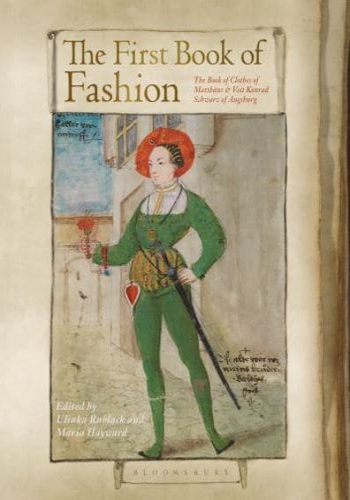"Quite simply the most fascinating record of a '[fashion] victim' one could hope for." The Spectator This captivating study reproduces arguably the most extraordinary primary source documents in fashion history. Providing a revealing window onto the Renaissance, it chronicles how style-conscious accountant Matthäus Schwarz and his son Veit Konrad experienced life through clothes, and climbed the social ladder through fastidious management of self-image. These bourgeois dandies' agenda resonates as powerfully today as it did in the 16th century: one has to dress to impress, and dress to impress they did. The Schwarzes recorded their sartorial triumphs as well as failures in life in a series of portraits by illuminists over 60 years, which have been comprehensively reproduced in full color for the first time. These exquisite illustrations are accompanied by the Schwarzes' fashion-focussed yet at times deeply personal captions, which render the pair the world's first fashion bloggers and pioneers of everyday portraiture. The First Book of Fashion demonstrates how dress - seemingly both ephemeral and trivial - is a potent tool in the right hands. Beyond this, it colorfully recaptures the experience of Renaissance life and reveals the importance of clothing to the aesthetics and everyday culture of the period. Historians Ulinka Rublack's and Maria Hayward's insightful commentaries create an unparalleled portrait of 16th-century dress that is both strikingly modern and thorough in its description of a true Renaissance fashionista's wardrobe. This first English translation also includes a bespoke pattern by TONY award-winning costume designer and dress historian Jenny Tiramani, from which readers can recreate one of Schwarz's most elaborate and politically significant outfits.







